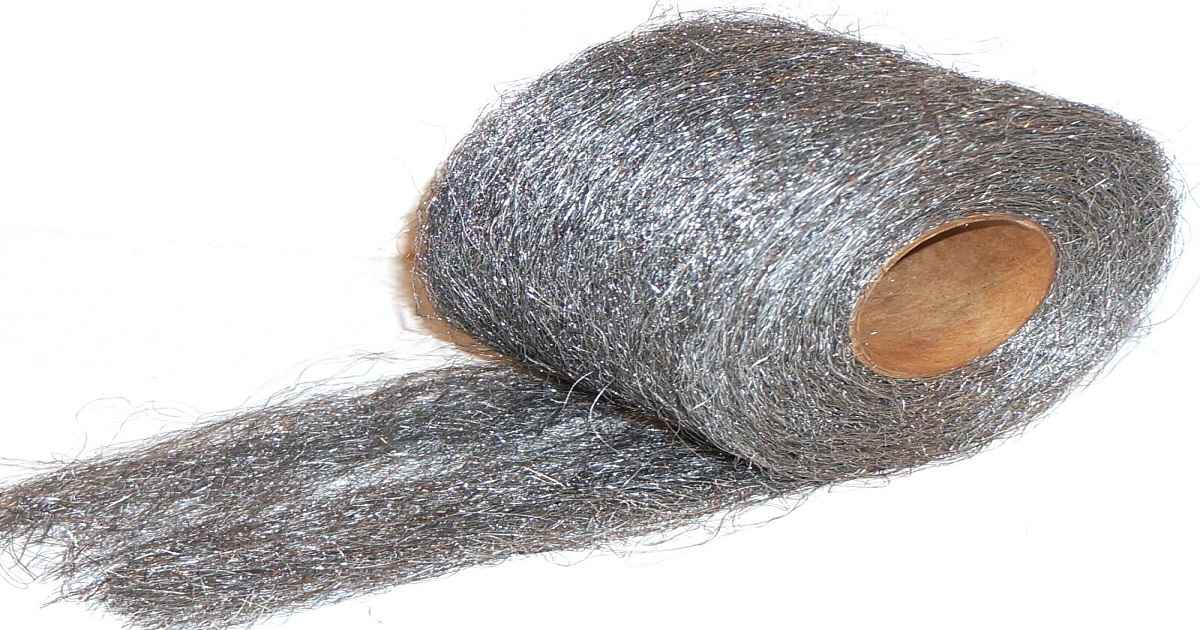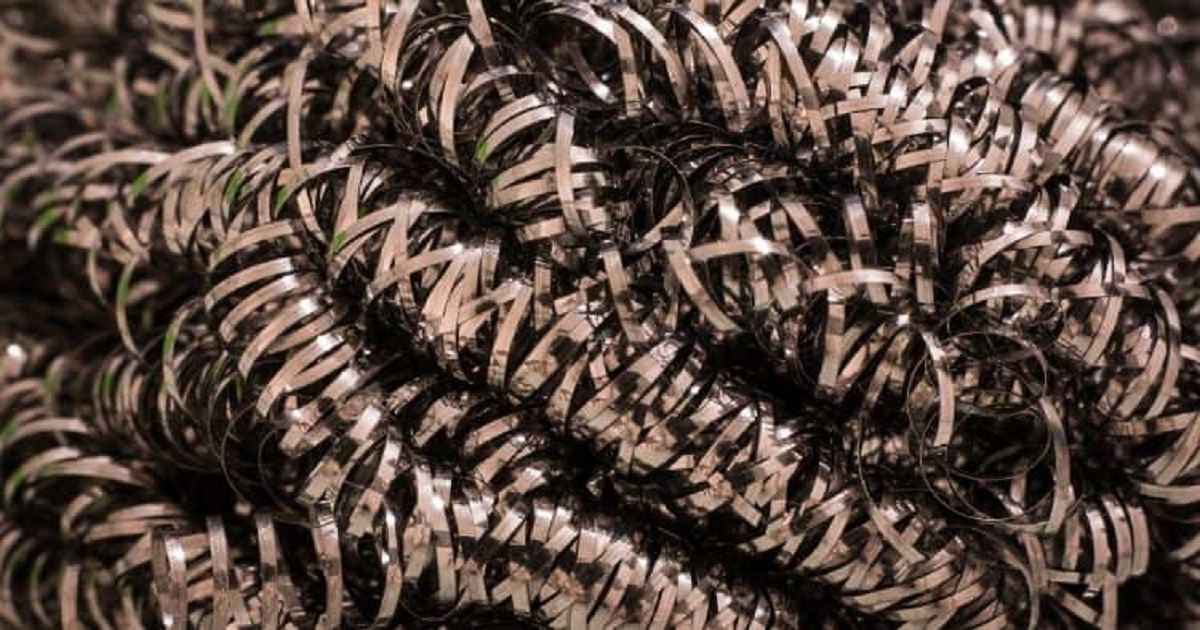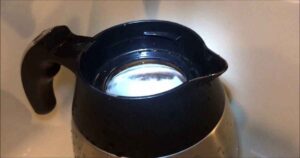Can you Use Steel Wool on Stainless Steel
Using Steel Wool on Stainless Steel: A Comprehensive Guide
Can you use steel wool on stainless steel? This question often arises when dealing with stainless steel surfaces, whether in the kitchen, in industrial settings, or for various household applications. Understanding the proper care and maintenance of stainless steel is crucial to preserving its appearance and functionality.
Understanding Stainless Steel
Before diving into the specifics of using steel wool, it’s important to understand what makes stainless steel unique. Stainless steel is an iron alloy that includes chromium, which gives it its corrosion-resistant properties. It’s used widely due to its strength, durability, and resistance to rust and tarnishing.
The Debate: Steel Wool on Stainless Steel
The use of steel wool on stainless steel surfaces is a topic of debate among professionals and homeowners alike. The concern revolves around the potential for scratching and damaging the surface, which can lead to rust and corrosion over time.
Potential Risks of Using Steel Wool
Steel wool is abrasive and can leave fine scratches on the surface of stainless steel. These scratches can not only mar the appearance but also compromise the protective chromium oxide layer, making the stainless steel more susceptible to corrosion.
Alternative Cleaning Methods
Given the risks associated with steel wool, it’s advisable to consider alternative cleaning methods. Here are some safer options:
1. Non-Abrasive Sponges and Cloths
Using non-abrasive sponges or microfiber cloths can effectively clean stainless steel surfaces without the risk of scratching.
2. Specialized Stainless Steel Cleaners
There are cleaners specifically designed for stainless steel that can remove grime and fingerprints without damaging the surface.
3. Homemade Solutions
A mixture of mild dish soap and water or a solution of vinegar and water can be effective for regular cleaning without causing harm to stainless steel.
When Steel Wool May Be Appropriate
There are rare instances where steel wool might be necessary, such as when dealing with extremely stubborn grime or rust that other methods can’t remove. In such cases, it’s important to use the finest grade steel wool available and to apply it gently to minimize scratching.
Tips for Safe Use of Steel Wool
If you decide to use steel wool on stainless steel, follow these tips to minimize damage:
1. Test in an Inconspicuous Area
Before applying steel wool to a visible area, test it on a hidden part of the surface to check for scratching or other damage.
2. Use Light Pressure
Gently scrub the surface with light pressure to avoid deep scratches.
3. Rinse Thoroughly
After using steel wool, rinse the surface thoroughly to remove any metal particles, which can lead to rust if left on the stainless steel.
4. Dry Immediately
Dry the surface immediately with a clean, dry cloth to prevent water spots and rusting.
Proceed with Caution
In answering the question, “Can you use steel wool on stainless steel?” the key takeaway is to proceed with caution. While there are circumstances where steel wool might be the only solution, it’s generally best to opt for less abrasive methods to maintain the integrity and appearance of your stainless steel surfaces. By understanding the properties of stainless steel and choosing the right cleaning methods, you can keep your stainless steel looking pristine for years to come.
Long-Term Care for Stainless Steel
Taking care of stainless steel extends beyond the immediate cleaning task. Long-term maintenance is essential to preserve its shine and prevent damage. Regular, gentle cleaning is more beneficial than occasional, aggressive scrubbing.
Regular Maintenance Tips
- Routine Cleaning: Incorporate a regular cleaning routine using mild detergents and soft cloths to prevent buildup of grime and stains.
- Immediate Attention to Spills: Acidic substances or harsh chemicals spilled on stainless steel should be wiped off immediately to prevent surface damage.
- Polishing: Use specific stainless steel polishes to enhance the shine of your surfaces. These polishes often contain ingredients that provide a protective layer.
- Avoid Chlorine and Bleach: Products containing chlorine or bleach can be detrimental to stainless steel, leading to corrosion and pitting.
Dealing with Tough Stains
For tough stains that don’t respond to regular cleaning methods, consider the following steps before resorting to steel wool:
- Baking Soda Paste: A paste of baking soda and water can be effective for removing tough stains. Apply the paste, gently scrub with a soft brush, and rinse thoroughly.
- Boiling Water: Boil water and pour it over the stained area. This can help loosen stubborn residue, making it easier to clean with a non-abrasive tool.
- Professional Advice: For persistent problems, consult a professional. They can recommend specific products or techniques suitable for your particular type of stainless steel.
Understanding Different Grades of Stainless Steel
Stainless steel comes in various grades, each with different properties and resistance levels to corrosion and tarnishing. For instance, marine-grade stainless steel is more resistant to corrosion and may require different care compared to kitchen-grade stainless steel. Be aware of the grade of your stainless steel and tailor your cleaning methods accordingly.
The Role of Steel Wool in Restoration Projects
In restoration projects, where the goal is to refurbish old or heavily damaged stainless steel, steel wool might play a role. In such cases, professionals often use it as part of a multi-step process to first remove corrosion and then polish the surface. However, this is typically performed by experts who understand the intricacies of working with different stainless steel finishes.
Final Thoughts: Balancing Cleanliness and Care
The question, “Can you use steel wool on stainless steel?” is more than a simple yes or no query. It’s about understanding the balance between maintaining cleanliness and preserving the integrity of the material. While steel wool can be a tool in certain situations, it requires careful consideration and handling. Emphasizing regular, gentle cleaning and being aware of the specific needs of your stainless steel items will ensure their longevity and continued aesthetic appeal.
In conclusion, stainless steel is a valuable and durable material that serves countless purposes in our daily lives. By taking the time to care for it properly, avoiding abrasive materials like steel wool unless absolutely necessary, and understanding its unique properties, you can maintain its luster and functionality for many years. Remember, the beauty of stainless steel lies not just in its appearance but also in its resilience and longevity when properly maintained.













